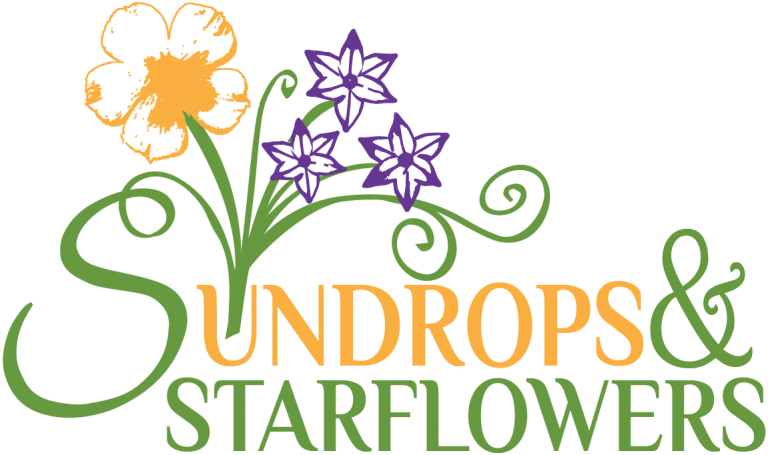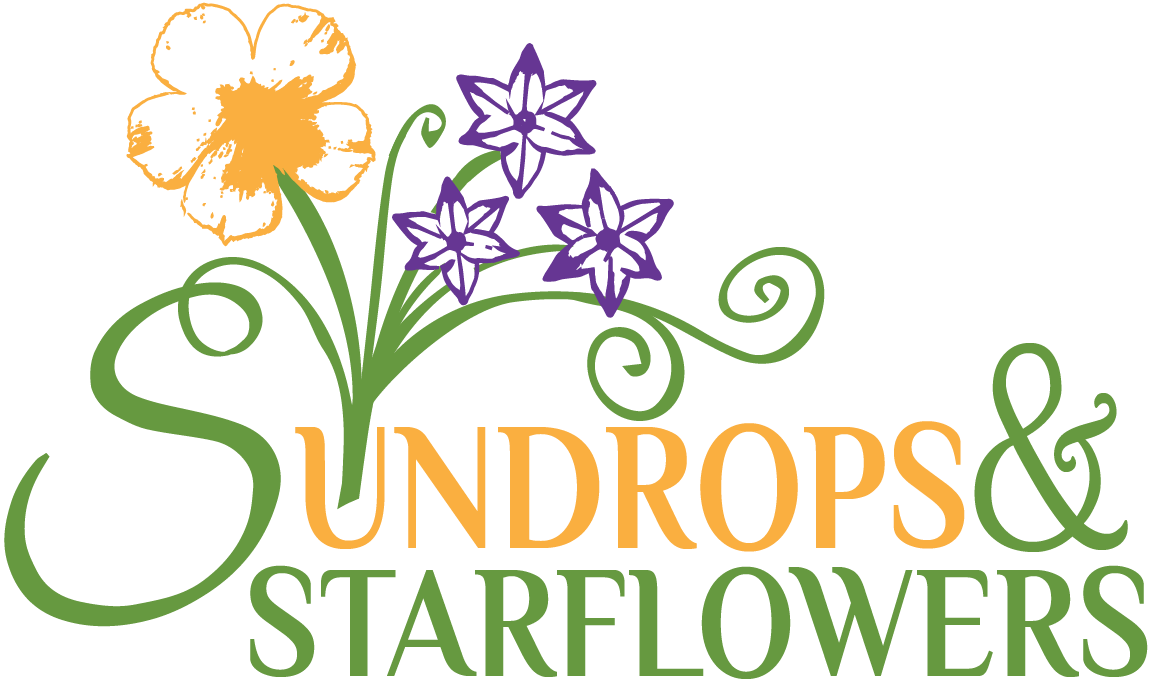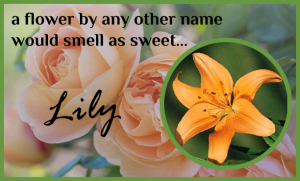The flowers and plants we enjoy in our containers and flowers beds often have interesting stories of their discovery and their names. Have you ever wondered where the plants came from and how they got their names? This year, I will relate to you the heritage of several of our most familiar flowers.
This month we notice the early spring blooming daffodils. Depending on which botanist you talk to, there are between 40 and 200 different daffodil species, subspecies or varieties of species and over 25,000 registered cultivars (named hybrids) divided among the thirteen divisions of the official classification system. Daffodils are thought to be native to the entire Northern Hemisphere, although there is a great concentration of wild daffodils around the Mediterranean, particularly Spain and Portugal.

The name “Daffodil” traces back to ancient Greece. One possibility is that the name Daffodil is derived from an earlier “Affodell”, a variant of Asphodel. You may remember from the mythology unit of your literature class, the Asphodel Fields is a section of the Ancient Greek underworld where indifferent and ordinary souls were sent to live after death. Perhaps the Fields of Asphodel are filled with daffodils, although there is another Asphodel Flower which looks nothing like the daffodil.
Botanically, Daffodils are Narcissus. All Daffodils are Narcissus, but Narcissus plants are also jonquils and paper-whites. Narcissus is also a character from Greek mythology who, in at least one of many variations of the tale, became so obsessed with his own reflection as he kneeled and gazed into a pool of water that he fell into the water and drowned. In some variations, he died of starvation and thirst from just sitting by the edge of the pool until he gave out, gazing at his reflection until he died. In both versions, the Narcissus plant first sprang from where he died.
The other derivation of the name Narcissus is that the plant is named after its narcotic properties (ναρκάω narkao, “to grow numb” in Greek). All parts of the Daffodil are poisonous, especially the bulb but also the leaves. Sharp crystals of calcium oxalate in the milky sap of the leaves keep animals from eating the plant and cause skin irritation (wear gloves when handling the flowers).
Whatever the name may mean, the sight of daffodils means spring has come and summer is on its way!
Caring for Your Daffodils
- Daffodils are extremely reliable and long-lived. Daffodil bulbs are best planted in the fall; be sure to plant the bulb at the proper depth as indicated on the label. However, they are often sold as flowering potted plants in the spring. After the flowers pass, a potted plant can be planted in the garden. It has a pretty good chance of coming up and blooming again the following spring.
- Allow the foliage to turn yellow in the spring before removing. The foliage feeds the bulb, encouraging the plant to spread.
- To use as a cut flower, harvest daffodils in the cool of the morning. Instead of cutting the stems, snap them off. Pull hard and twist at the soil line to snap the stem where it is solid, not up where it’s a hollow straw.
- Daffodils’ cut stems emit a sticky goo that will irritate your skin and also clog up the stems of other cut flowers in a vase. To “cure,” immerse daffodil stems in warm water for two hours before mixing in a bouquet.
Resources:
- “American Daffodil Socie Information.” American Daffodil Society. Web. 25 Feb. 2011.
- “Daffodil Days.” Better Homes and Gardens – Home Decorating and Remodeling Ideas, Gardening, Recipes, and More. Web. 25 Feb. 2011.
- “Narcissus (plant).” Wikipedia, the Free Encyclopedia. Web. 25 Feb. 2011.
- Wells, Diana. “Daffodil.” 100 Flowers and How They Got Their Names. Chapel Hill, NC: Algonquin of Chapel Hill, 1997. 53-55. Print.



